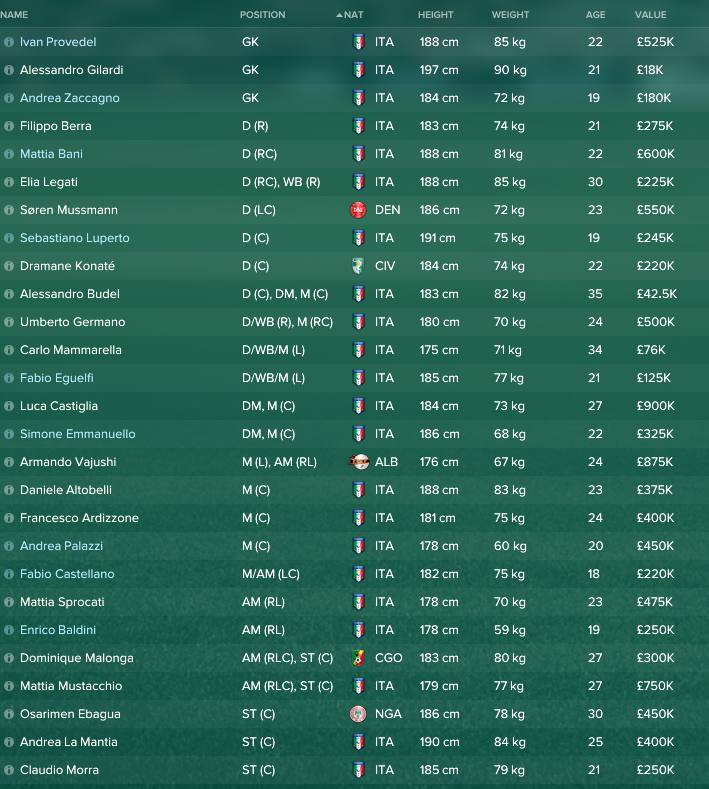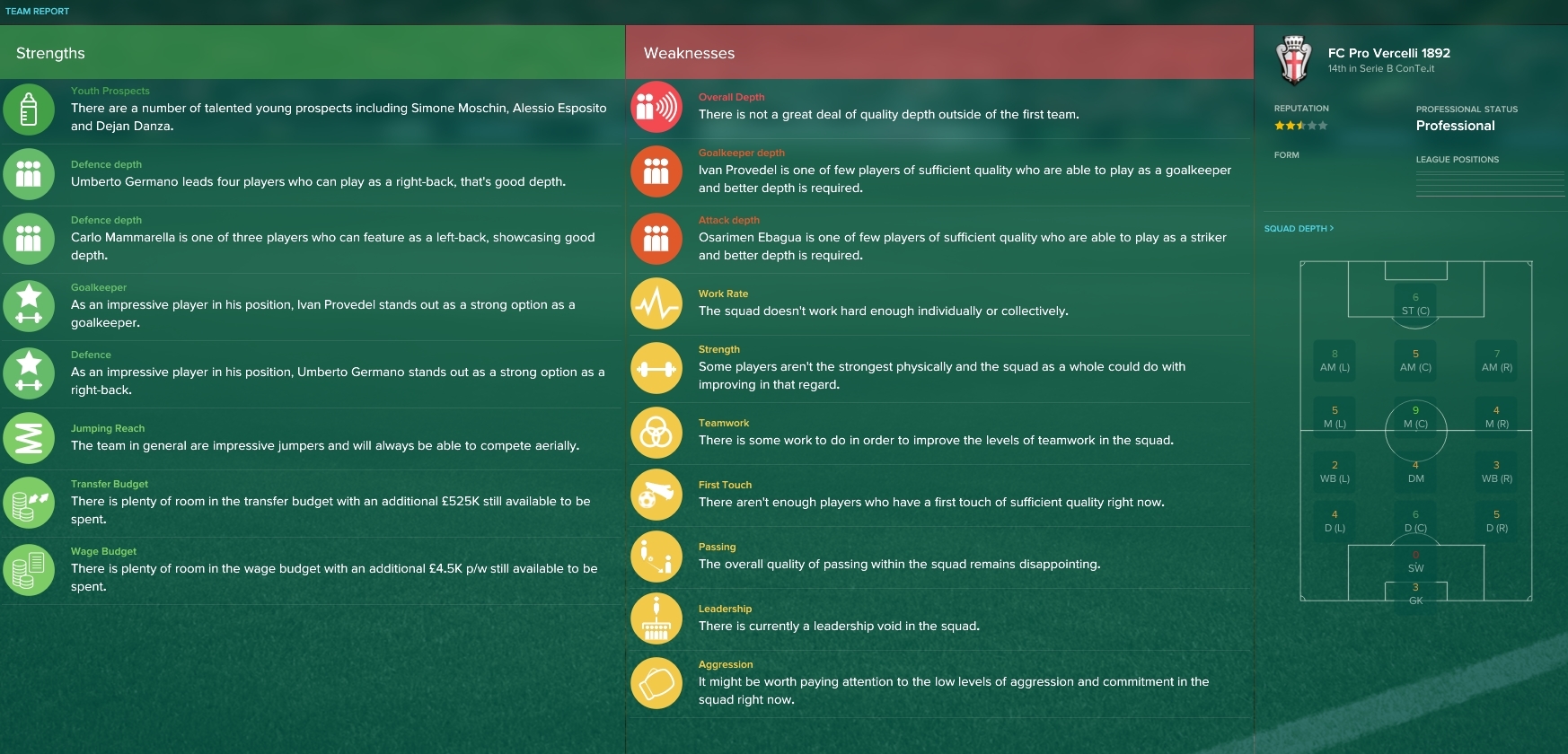If you’ve caught my streams whilst living the life of luxury in a Premier Inn hotel room earlier this week, you would have seen that I’ve started my Football Manager save with Boavista. A save in which, I hope, will last for the majority of FM18.
During the streams we debated about how I should structure the squad, and whom I would need to sign (#Bragançain). As we needed to sell a few to bring the man from Sporting in, we were left a bit short in terms of squad depth.

Premier Inn – the hallmark of quality UK Hotels for International Businessmen (of which I am not one)
Fortunately for ol’ Uncle Regista over here, Boavista are blessed with a number of exciting youth prospects in their under age teams. Therefore, I decided “why not thrown them in to the pool and see if they sink or swim?” It’s a cruel method, I know. But also a fun one. *cue evil laugh*
Shall we have a look at the group that I’m dubbing “The Princes of Porto”? Twelve lads got promoted immediately to the first team, and can expect to feature a fair amount in my first season in Portugal.

Not bad eh? All of these lads have been signed on long term deals to keep them at the club for as long as we like. The aim, as I mentioned in my first blog, is to develop them either for the first team or to sell on. We’re lucky enough to have great youth and training facilities at Boavista, and with the Portuguese league focusing heavily on developing young talent I feel it’s important to bring players through sooner rather than later.
Mauro Oliveira (4.5* Potential)
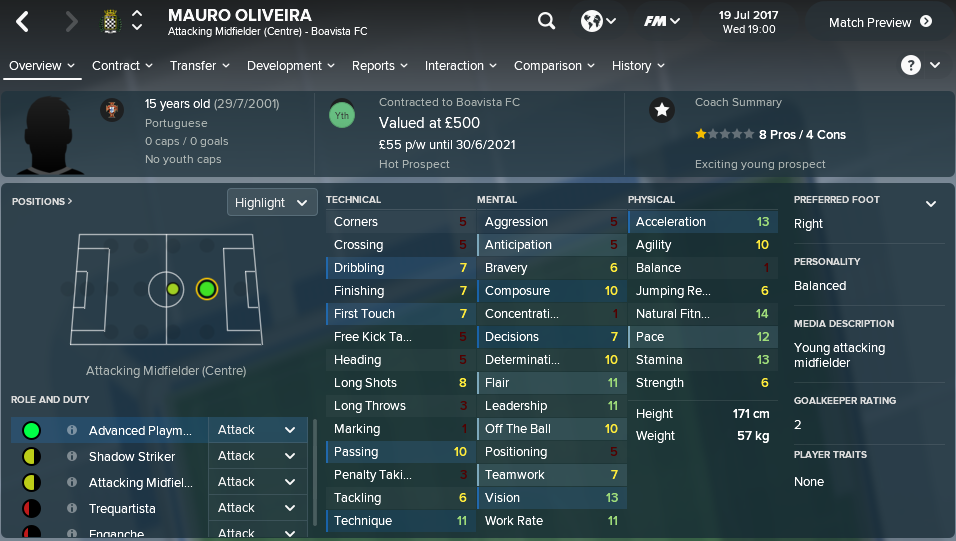
The youngest player in the group, Olivera has the makings of a great playmaker in the future. It’s pleasing to see some great mental attributes for an attacking midfielder, such as 13 Vision, 11 Flair and 10 Composure. I’m slightly worried by his lack of concentration, which may mean that the lad will need carrying through some games early on. But he’s only 15 for crying out loud! I’m being too harsh, I know.
He’s being tutored by David Simao.
Gonçalo Cardoso (4.5* Potential)
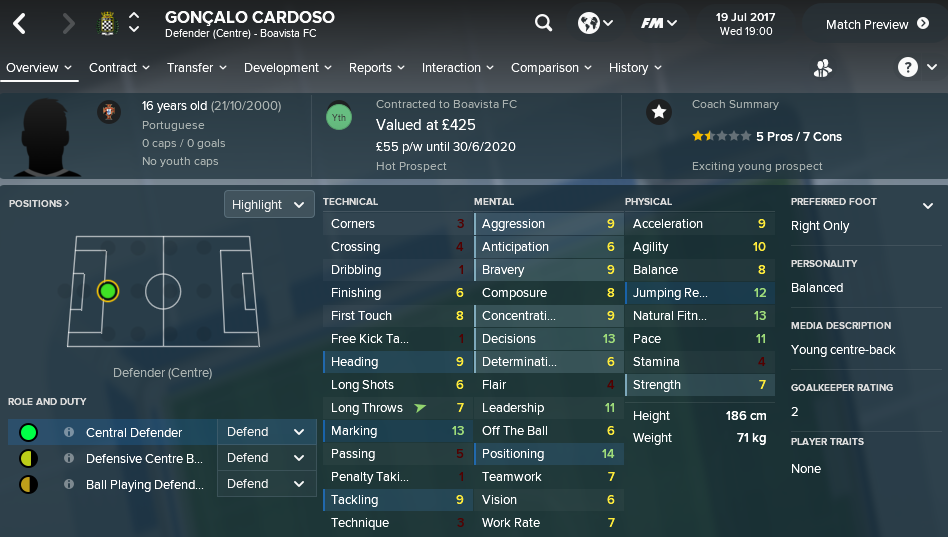
At 1.5* current ability, Cardoso will likely be one of the first of the players to cement his space in the first team in the next few seasons. He might be one of the best “starters” of the group, with all of the major technical defensive attributes over 9, solid mental attributes (including 13 decision and 14 positioning) which give him wisdom beyond his years. He’s also a tall lad for 16 at 186cm – I shall give him the nickname “Man Mountain”. He will be tutored by Henrique.
Gonçalo Nunes (4* Potential)
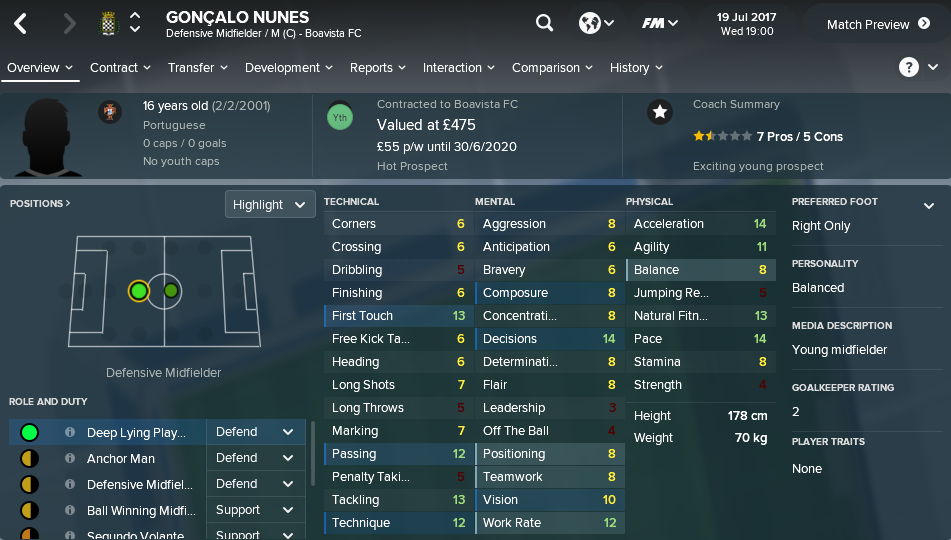
Another well rounded youngster, Nunes will find game time a bit sparse in my early years with the likes of Bragança coming in. However in a few seasons he could well be a solid Primeira Liga player. More of a playmaker than midfield general, Nunes can definitely spread the play with good passing, first touch, vision, decisions and technique for a 16 year old. Should be a reliable back up to Bragança.
Manu Ribeiro (4.5* Potential)
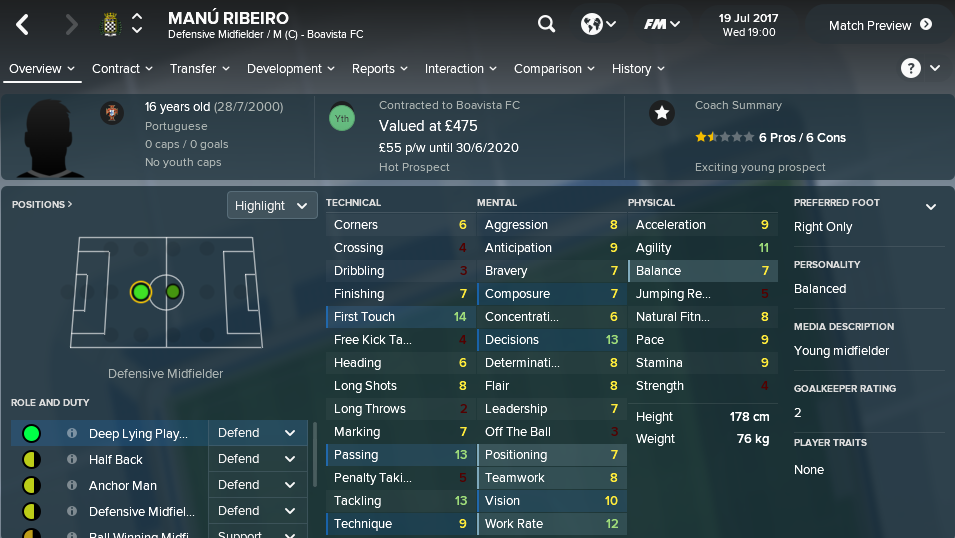
We’re blessed with a lot of young deep lying playmakers apparently, with Ribeiro another lad vying for his spot in the club. He’s slightly less physically able than Nunes, and lacks less technique than his colleague. That’s not to say that he couldn’t improve to be better than Nunes, but this town ain’t big enough for the both of them!
Gustavo Rocha (4* Potential)
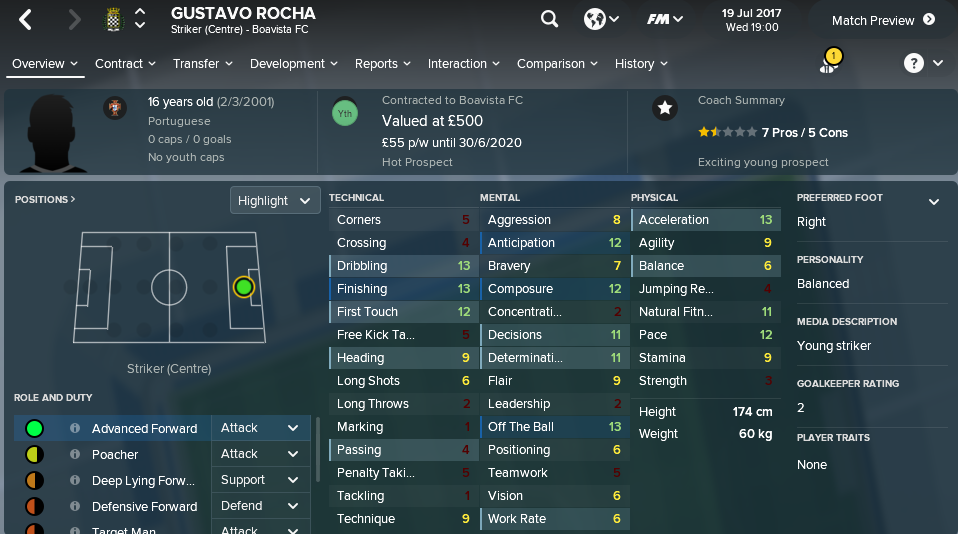
Rocha has impressed me during the first couple of pre-season games, with 1 goal and 2 assists in three matches. Definitely in the Michael Owen type of mould, Rocha boats some good pace and acceleration for a 16 year old, with some good technical attributes in case he ends on the end of any through passes. I particularly like his mental attributes though – very good for such a young player. Could well be second or third choice up front this season, and I’ve got high hopes for this chap.
Nuno Laranjeira (4* Potential)
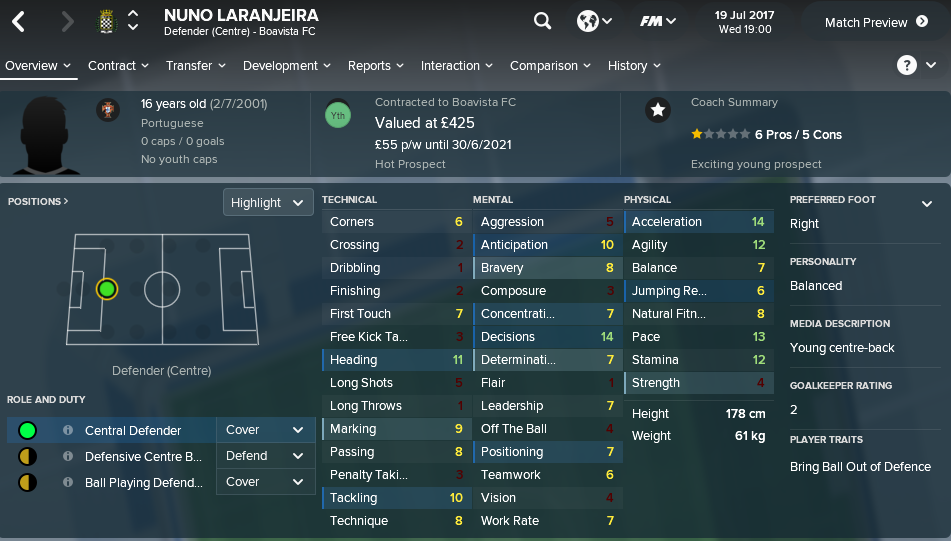
Another promising centre back, it’s good to see that a young player is comfortable with the ball at his feet. Laranjeira appears to like to be able to bring the ball out of defence, but at the moment I don’t want my defenders to do much else other than feed the ball forward with simple passes. The lowest potential rating out of all of the centre backs, I can definitely see a space for Nuno in the future.
Tomas Loureiro (4.5* Potential)
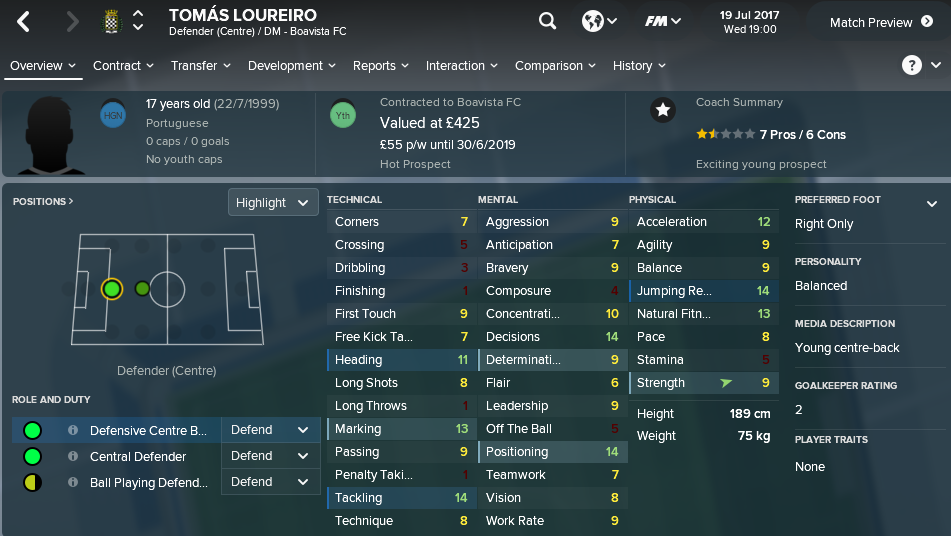
Of the three defenders we’ve looked at so far in this blog, Loureiro may be the most “ready” for first team football right now. All of his defensive attributes are over 11, and some good decision and positional attributes give me some reassurance that, in a pinch, I could bring him in and he could do OK. He should get lots of game time this season. I can’t wait to see how looks come May 2018.
Guilherme Silva (5* Potential)

I’m a bit gutted that our only 5* potential player is a right back, but I don’t want to seem like I’m complaining at all! We’ve got two right backs already in Edu Machado and Tiago Mesquita, it may be worth cashing in one of them to allow some more game time for Silva. There’s not many outstanding attributes for a right back here – he’s just solid all around for 17 year old.
Pedro Sa (4.5* Potential)
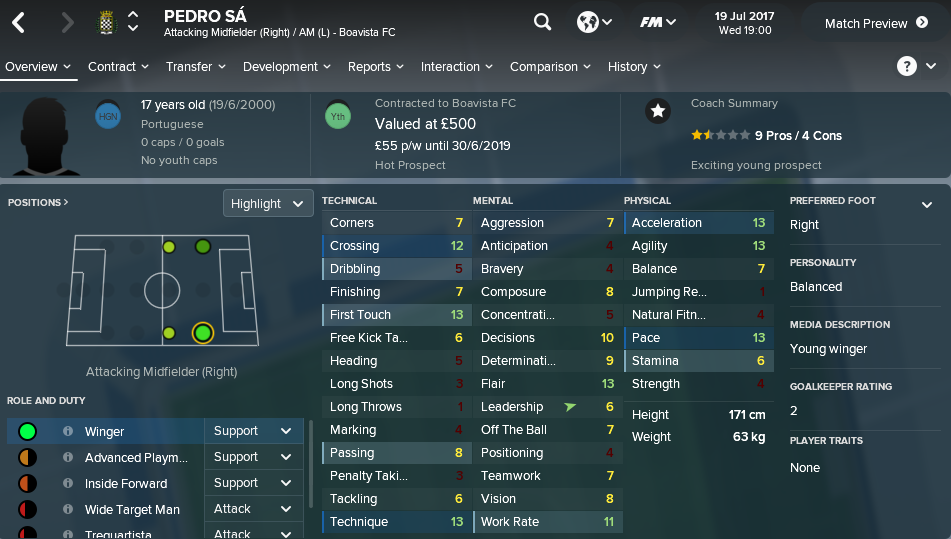
Sa is one of the players that will get the most time this year. Renato Santos is our only recognised wide right player, and with no back up as of yet there’s a space that needs filling. Sa is versatile enough to play on either flank in midfield and attacking midfield strata. A typical winger with good crossing, technique and first touch, the only concerning area of his game right now is his dribbling.
Gustavo Schneider (3.5* Potential)

One of the less able members of the group, Schneider has also impressed in pre season up to now. Very similar to Gustavo Rocha, Schneider may be one of the lads that we look to develop and sell on in the future unless he can establish himself. Some excellent physical attributes and 11 in off the ball show some promise, but I like my strikers to have some decent defensive attributes. Schneider will have to work on these if he wants to stick around for the long term.
Hugo Romana (4* Potential)
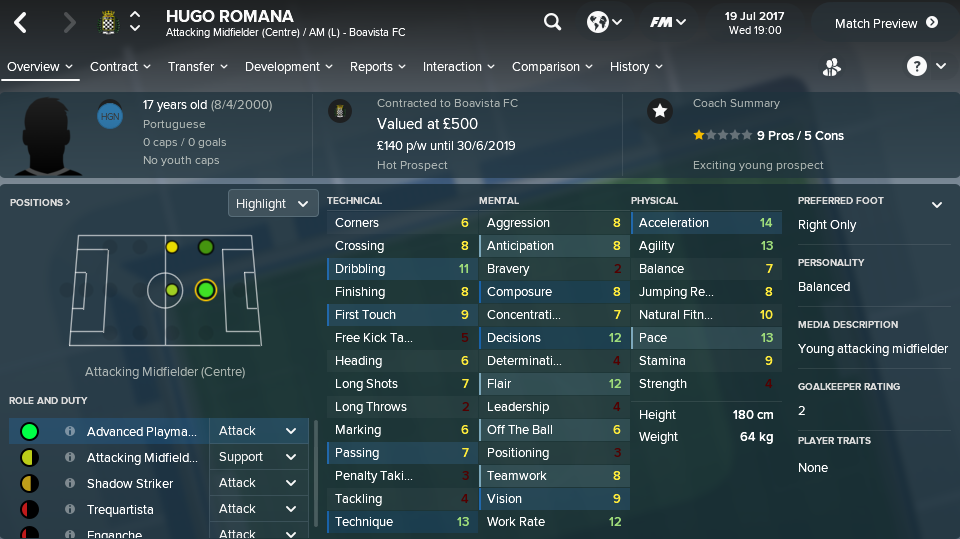
Romana is another player that can play in the AMC role, and has a very good base set of attributes for me to work with. I’m a particular fan of his 12 work rate, which combined with some decent fitness attributes hopefully means he will run for days! I think we can do a lot with this lad.
Luis Santos (3.5* Potential)

Our last youngster may be one of the best players right now, but at only 3.5* he may also be out of the door in a few years. That being said, Santos will likely be back up to Mateus on the left flank. For an inside forward, his finishing and composure isn’t great, so I will likely end up using him as a winger.
Thankfully for us, the quality of opposition in the Portuguese league allows managers to play young players on a semi regular basis. I’ve done this before in previous versions of FM when I’ve managed in Portugal to some decent success. However, I’ve not undertaken anything of this scale before. For a start, because our squad is so small without these lads, I’m not expecting us to finish well this year. That being said, I’m happy to take one “year off” in order to benefit down the line.
It’s a gamble to bring this many 16/17 year olds in right at the start. It bloody well better pay off…
If you’ve enjoyed this post, then don’t forget to follow me on here, follow me on twitter (@registafm), on Twitch and also on my FM Slack channel (#theregista). I can’t wait to see what the season holds for these guys! Hopefully, it doesn’t end in relegation!
Take it easy everyone, and see you at the halfway point.
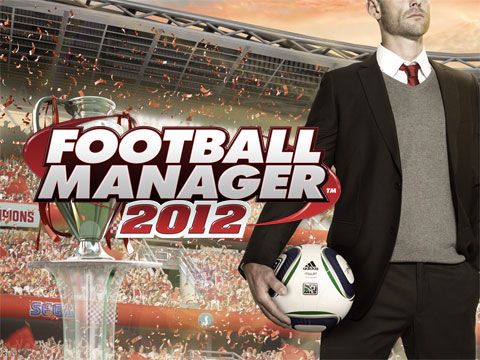

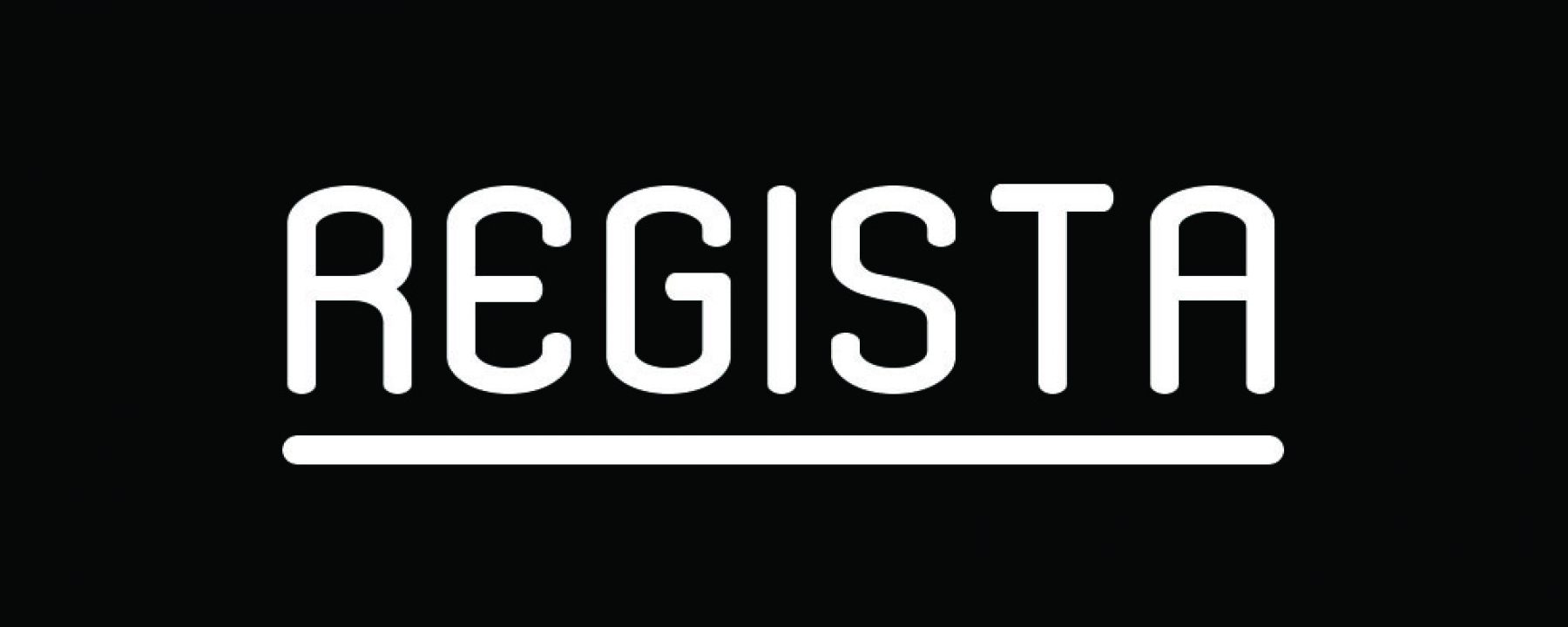
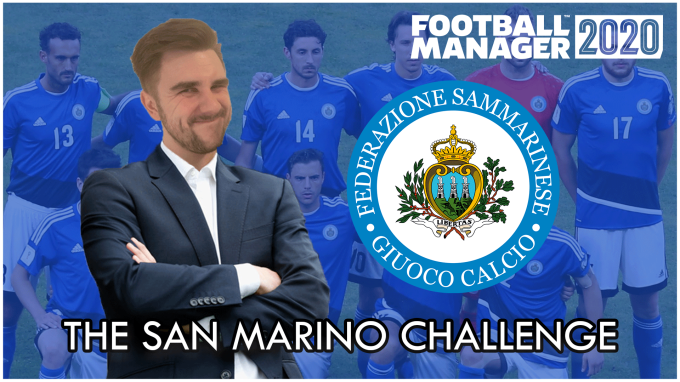
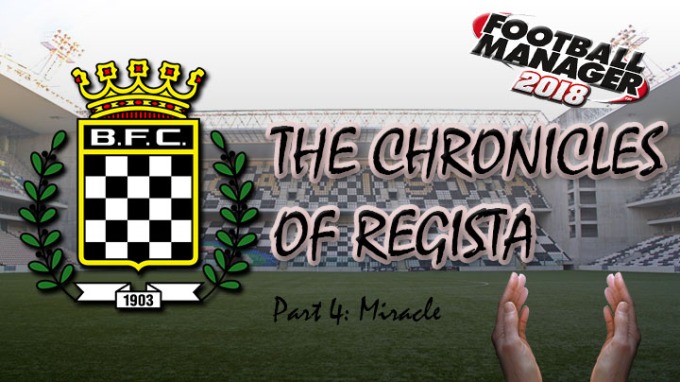




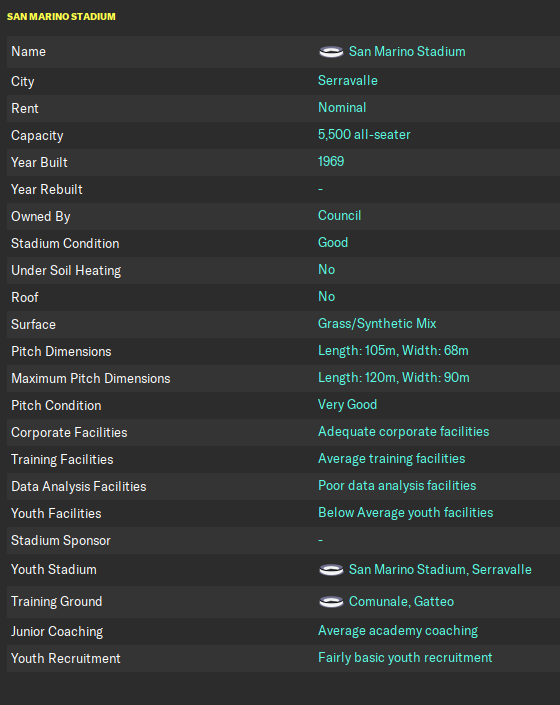
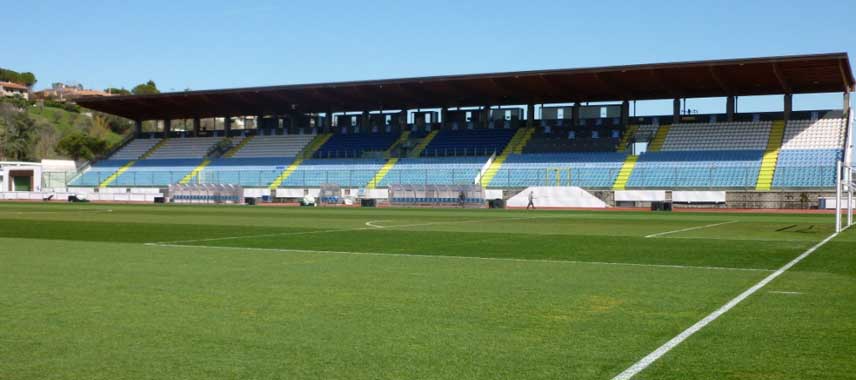 The 5,500 capacity San Marino Stadium
The 5,500 capacity San Marino Stadium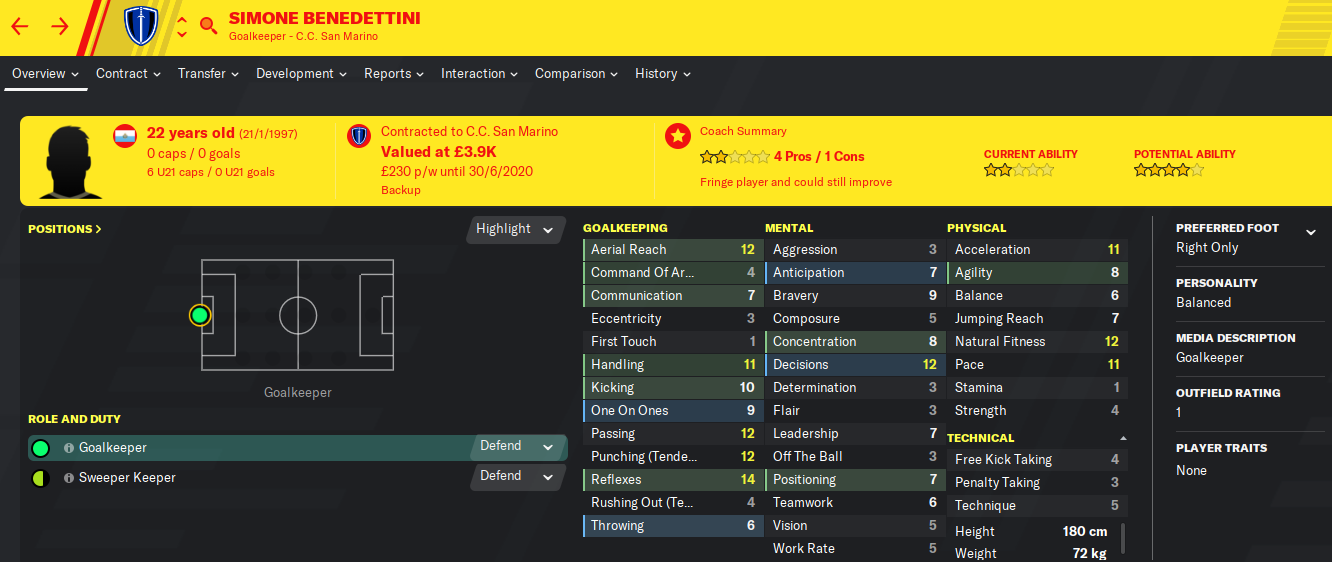
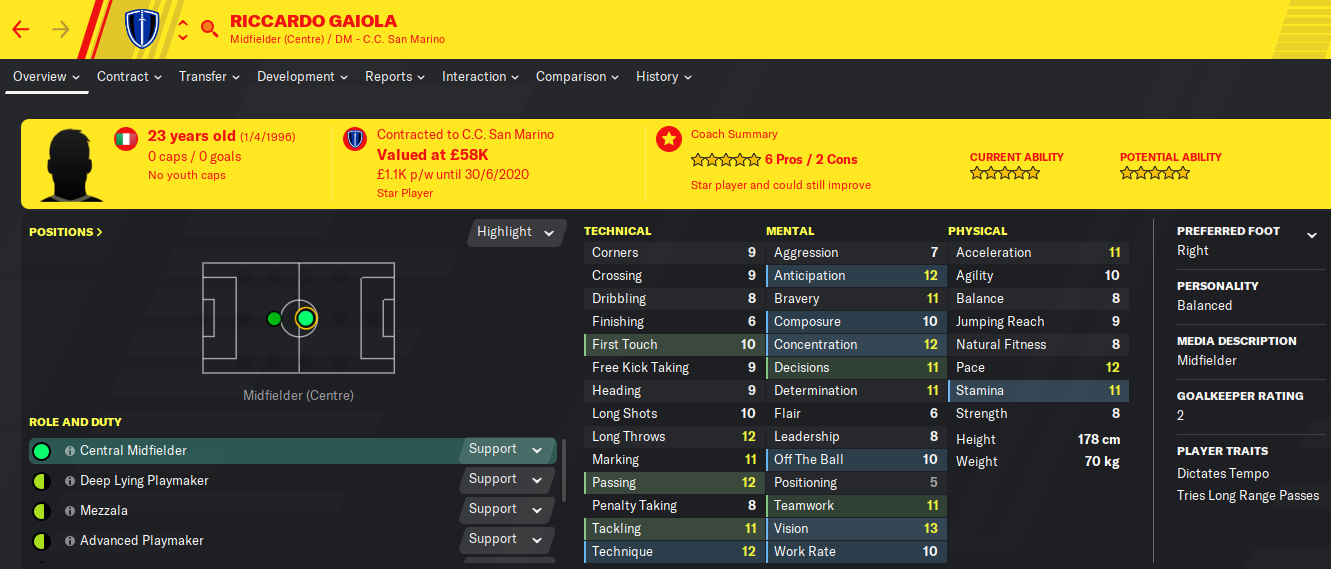
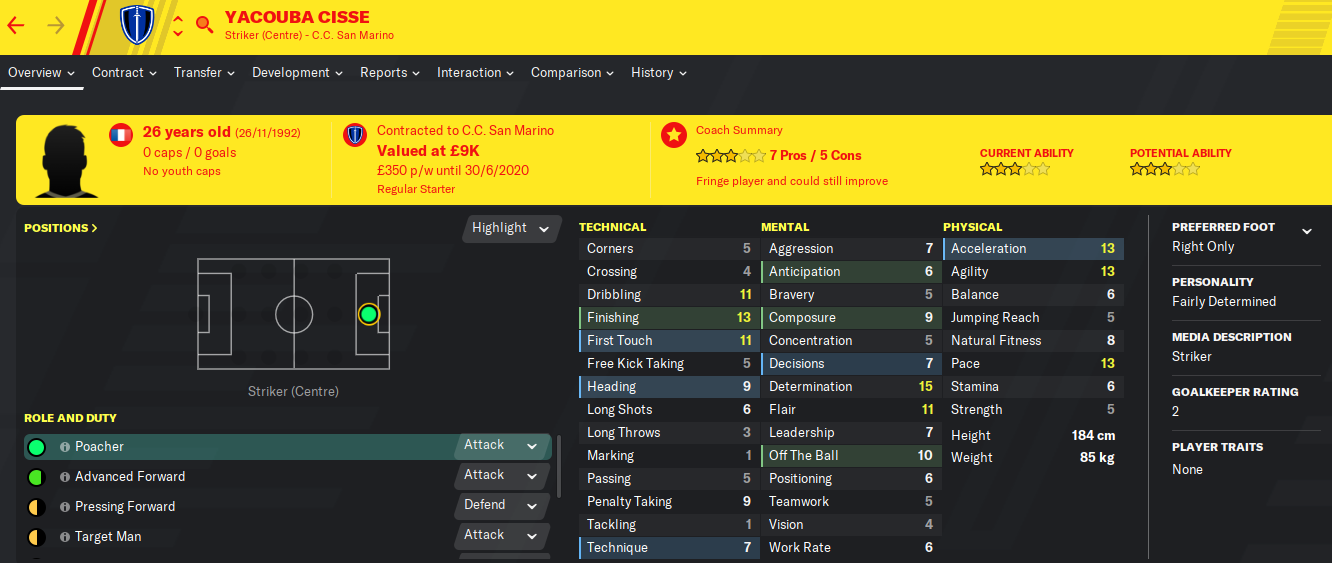
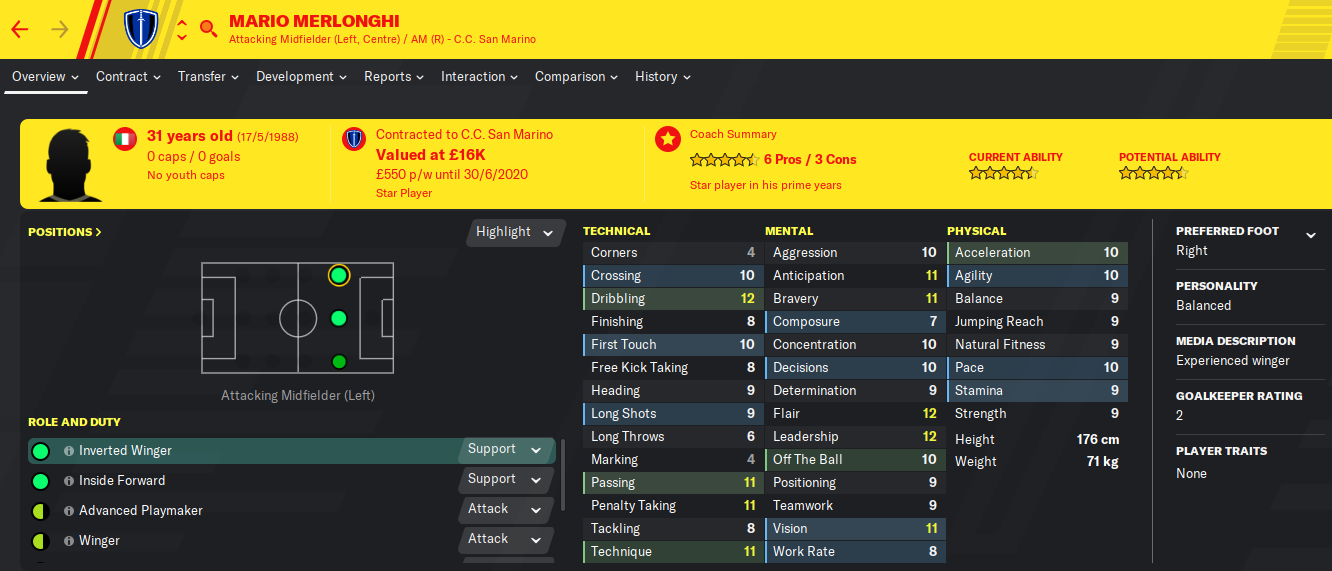
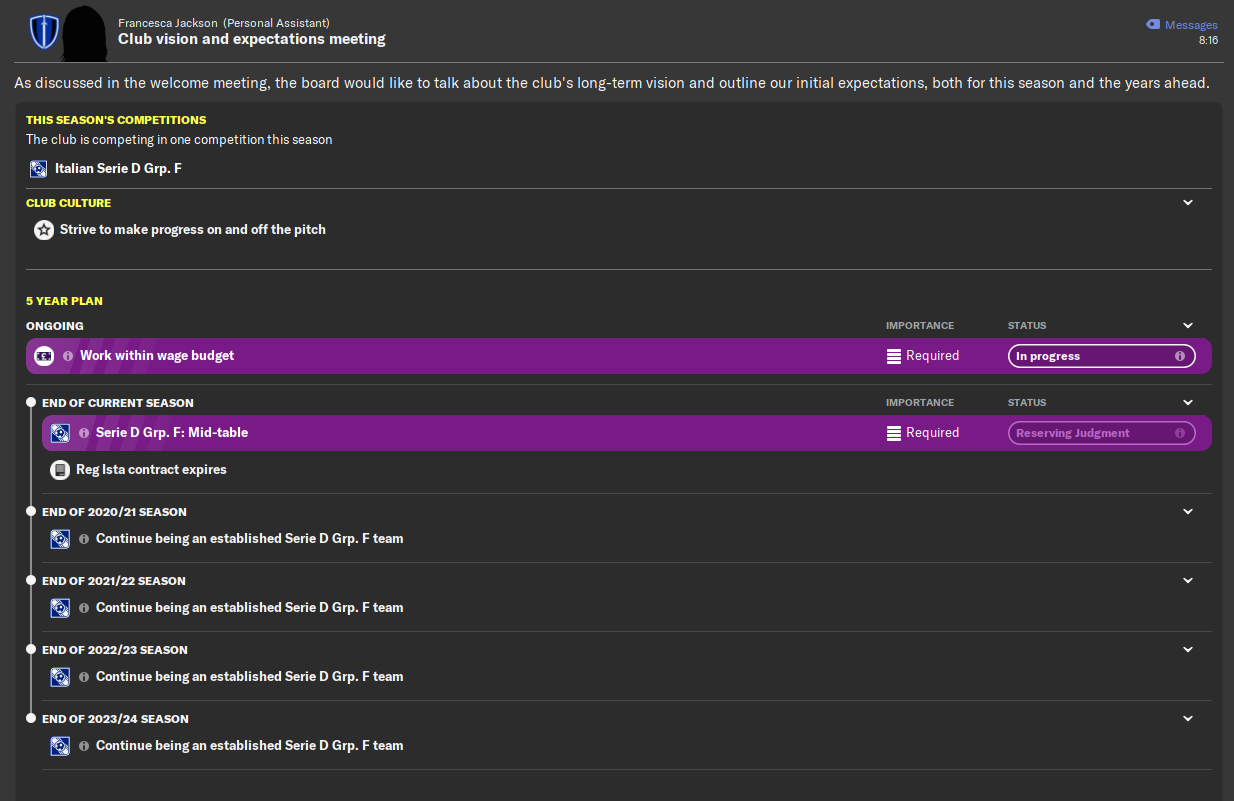















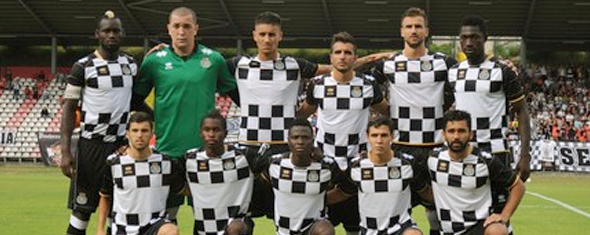

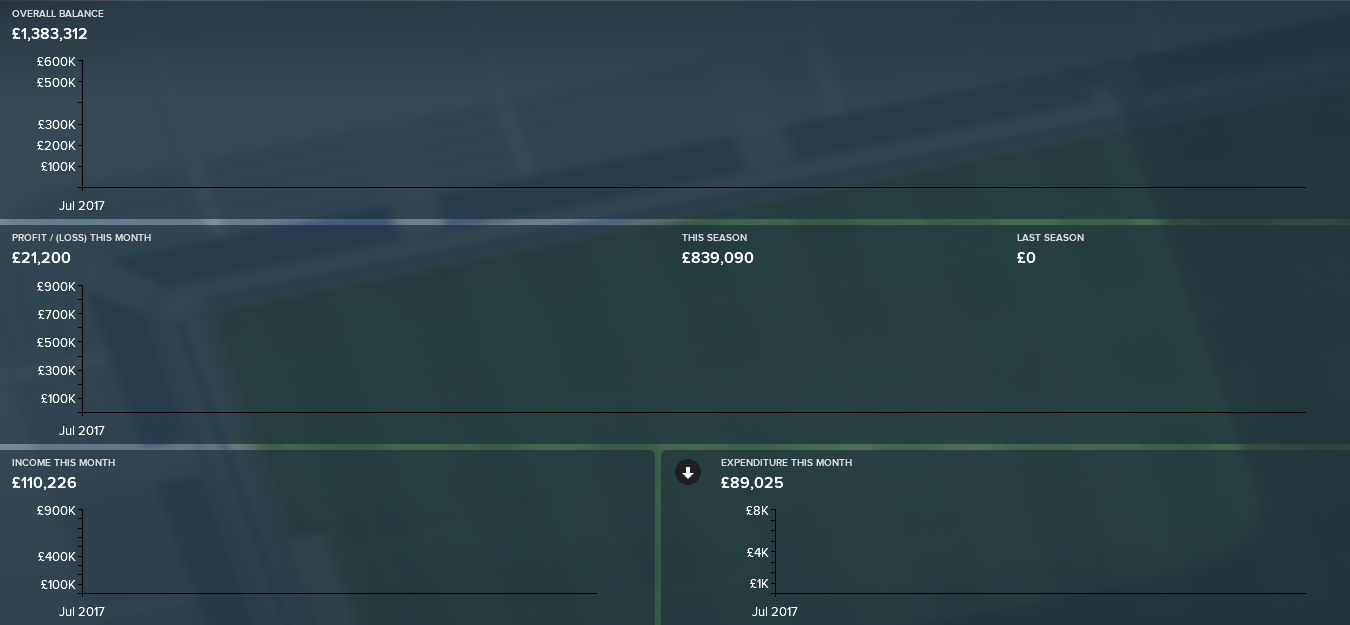
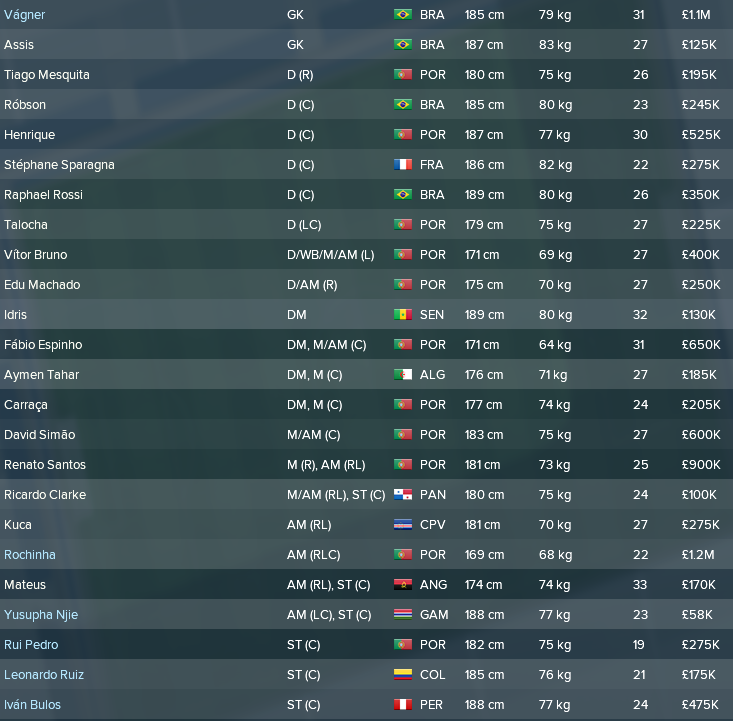
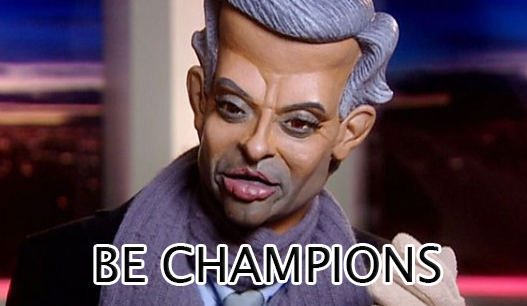









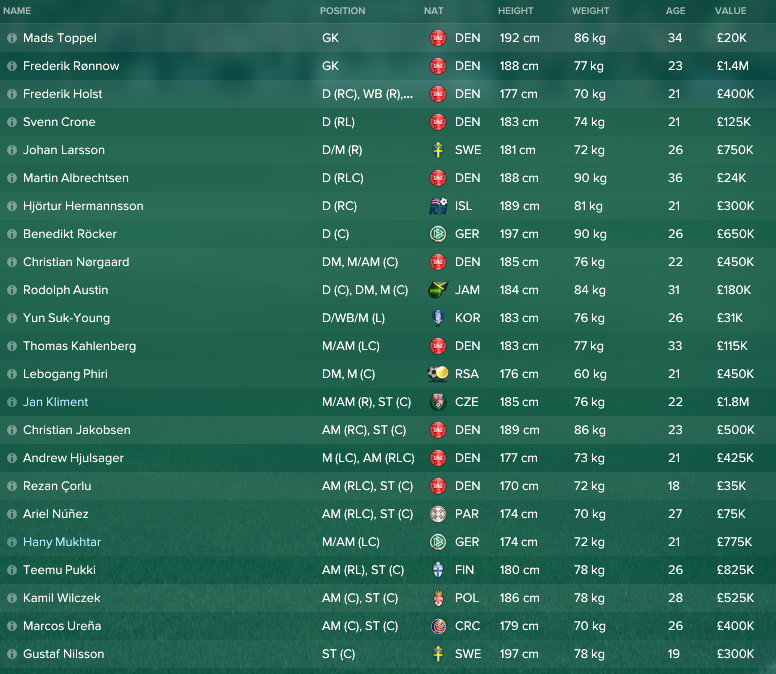
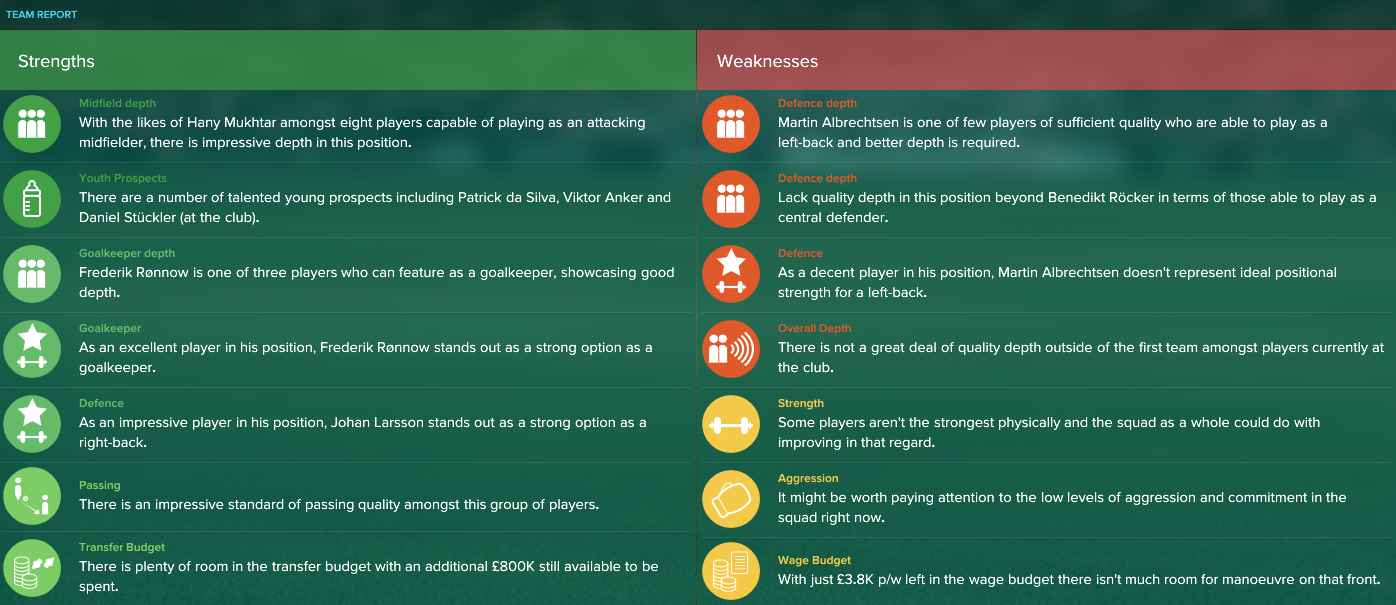






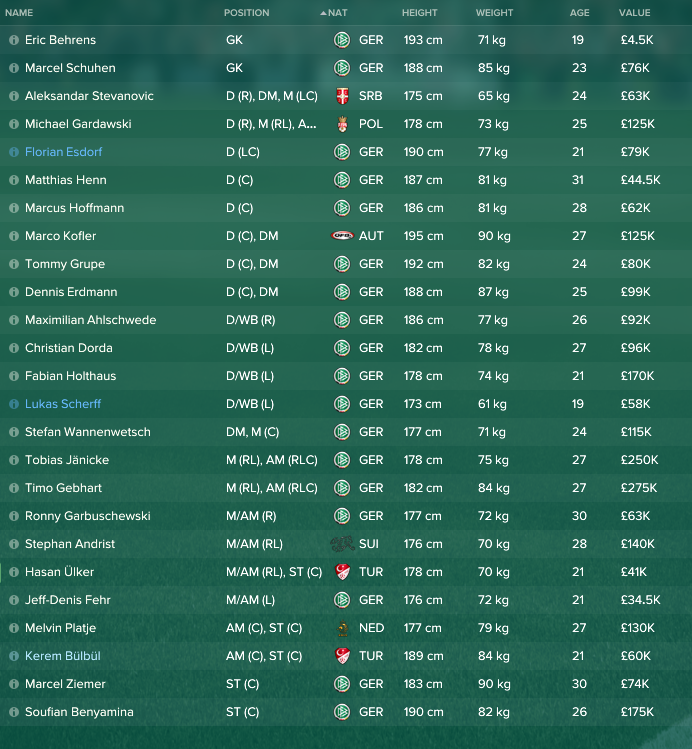



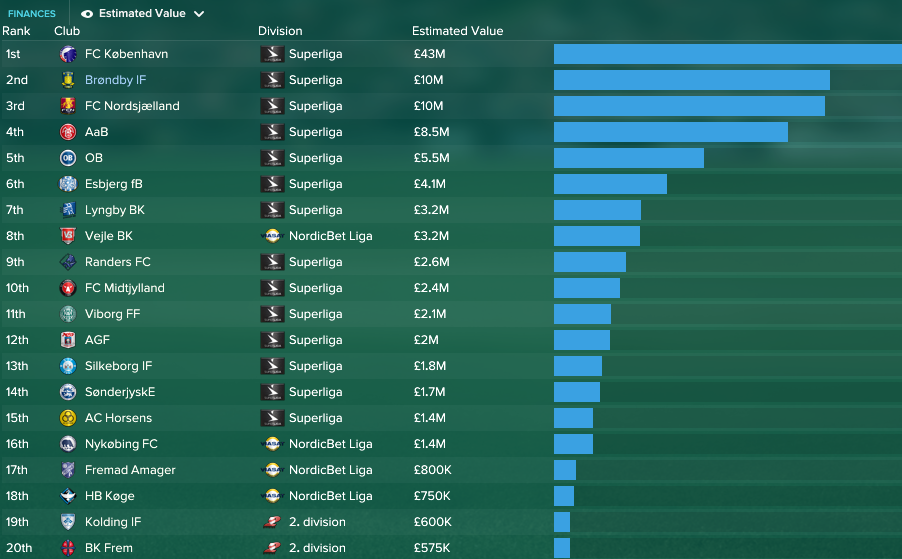
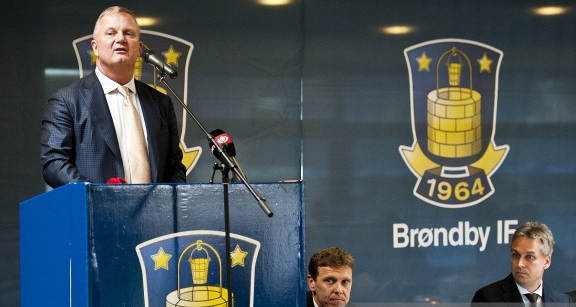
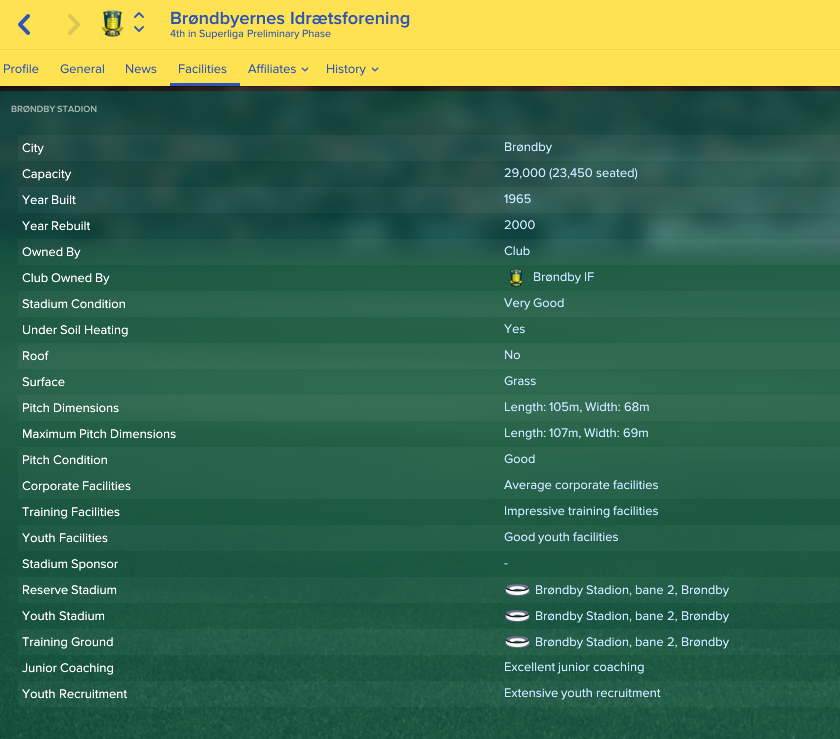


.jpg)

